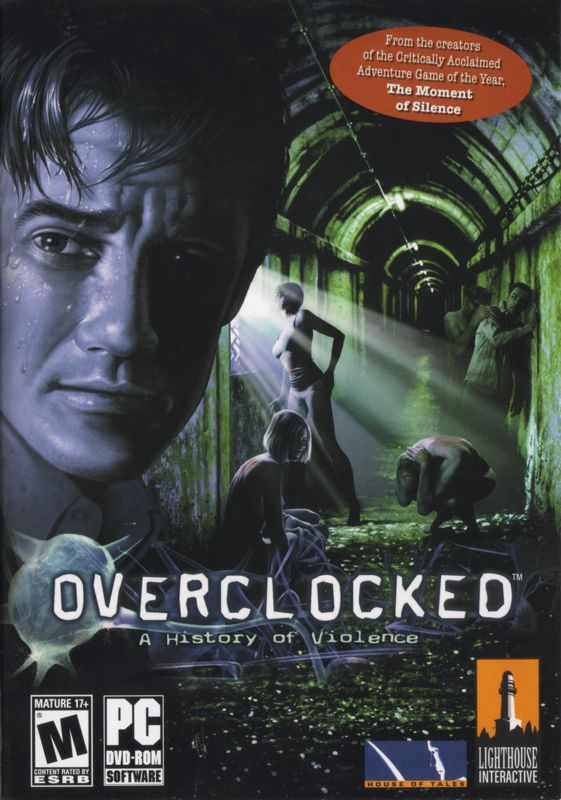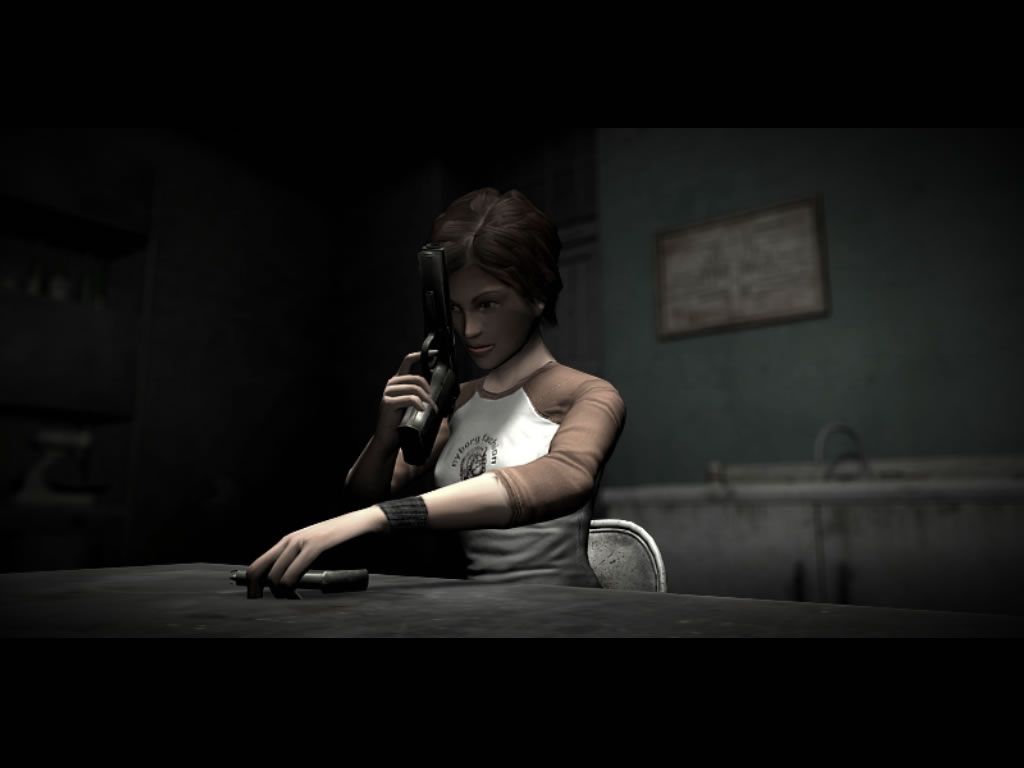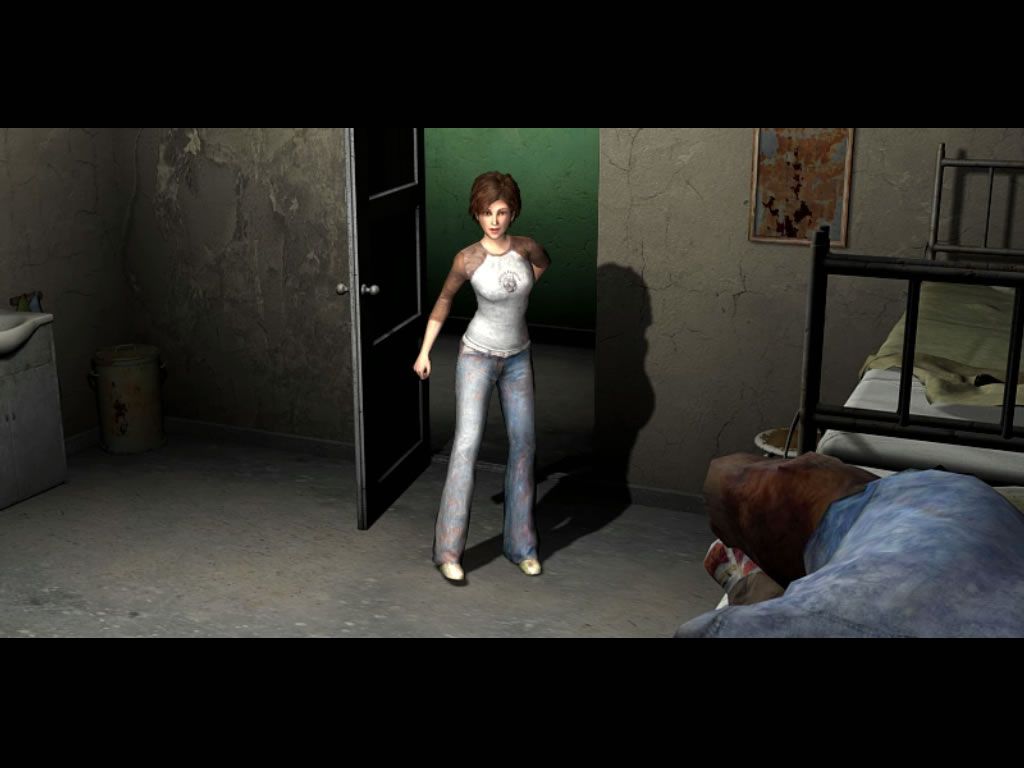Retro Replay Review
Gameplay
Overclocked: A History of Violence embraces the classic point-and-click adventure format while infusing it with a modern psychological twist. Players navigate through richly detailed pre-rendered backgrounds, searching for clues and interacting with a diverse cast of objects and characters. The core mechanic revolves around using David McNamara’s PDA to collect files, trigger memory sequences, and communicate with colleagues—an elegant way to integrate narrative progression into the gameplay loop.
The game’s structure is divided into six playable segments, each centered on a different character whose memories have been fractured by trauma. As David, you must piece together disjointed flashbacks in reverse chronological order, applying forensic psychiatry techniques to coax out hidden details. This layered storytelling approach keeps the gameplay fresh, as each character’s environment offers unique puzzles that tie directly into their backstory and psychological profile.
Puzzle design ranges from inventory-based conundrums, where combining or using items in the correct context unlocks new dialogue or scenes, to dialogue puzzles that require choosing the right questions or psychological prompts. While some puzzles may feel familiar to adventure veterans, the emphasis on mental states and emotional triggers adds a compelling dimension, forcing players to think not just logically, but empathetically.
Graphics
Visually, Overclocked strikes a balance between 3D character models and beautiful pre-rendered environments. The characters are rendered in dynamic 3D, allowing for subtle facial animations and body language that enhance the psychological tension. Meanwhile, the static backgrounds are richly illustrated, capturing everything from grimy city streets to the sterile corridors of the Staten Island Forensic Hospital.
One of the standout graphical features is the dynamic camera system. It employs cinematic close-ups, pans, and zooms to emphasize key story beats and character reactions. This mosaic-style visualization often shifts perspective at pivotal moments, heightening suspense and giving the game a film-like quality that sets it apart from more static adventure titles.
While the graphics may not push the envelope by today’s cutting-edge standards, they remain stylistically cohesive and effective at conveying the game’s moody, unsettling atmosphere. Lighting and color palettes are used judiciously—cold blues in hospital scenes, warmer tones during flashbacks—to reflect the emotional state of each character and underscore the narrative’s darker themes.
Story
The narrative of Overclocked is its strongest suit, presenting a frame-tale construction that toggles between present-day therapy sessions and traumatic flashbacks. As David McNamara, a former army psychiatrist haunted by his own breakdown, you must unravel the mysteries of five young amnesiacs whose sudden psychoses rock New York City. The interplay between David’s personal struggles and his professional duties grounds the story in a human reality, making every revelation resonate on an emotional level.
The game’s non-linear storytelling—delivering events in reverse chronological order—challenges players to constantly reassess their understanding of cause and effect. Each chapter adds new context, forcing you to revisit earlier assumptions and piece together a coherent timeline. This approach not only heightens suspense, but also mirrors the process of psychiatric reconstruction, immersing you in David’s mindset as he tries to restore shattered memories.
Strong character writing ensures that each of the six protagonists feels distinct. From the shell-shocked war veteran to the terrified survivors roaming the city, their dialogue and behavior reveal scars that go beyond physical wounds. Interactions are layered with subtext, and the game never shies away from exploring dark themes like trauma, identity, and the fine line between sanity and madness. As the plot unfolds, it builds toward a haunting climax that ties personal and collective histories together in a thought-provoking finale.
Overall Experience
Overclocked: A History of Violence offers an engaging blend of investigative gameplay, cinematic presentation, and psychologically driven storytelling. Its measured pacing allows tension to build naturally, with each puzzle solved or memory unlocked delivering a satisfying narrative payoff. Although the point-and-click mechanics are familiar, the game’s focus on psychiatric analysis and emotional depth gives it a unique voice in the adventure genre.
At times the pacing can feel deliberate, especially during dialogue-heavy therapy sessions, but this slowness is purposeful—it reinforces the clinical atmosphere and encourages players to linger on subtle clues. Fans of cerebral adventures will appreciate the game’s willingness to tackle mature themes, while newcomers may find the blend of mystery and psychology an intriguing entry point into the genre.
In sum, Overclocked stands out as a thoughtful and atmospheric title that leverages classic adventure design to tell a complex, character-driven tale. Its dynamic camera work, careful puzzle integration, and layered narrative structure make it a memorable experience for players seeking a psychologically charged journey. For those intrigued by forensic psychiatry, moral ambiguity, and nonlinear storytelling, this game is a compelling purchase that delivers both challenge and emotional resonance.
 Retro Replay Retro Replay gaming reviews, news, emulation, geek stuff and more!
Retro Replay Retro Replay gaming reviews, news, emulation, geek stuff and more!









Reviews
There are no reviews yet.